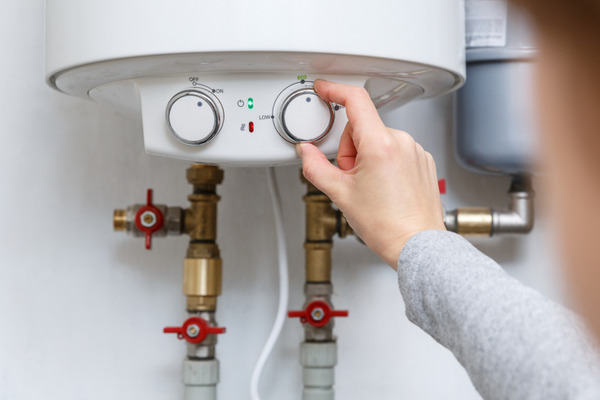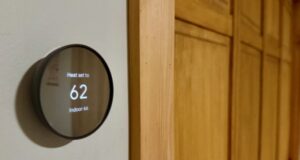
Electric hot water systems are simple, reliable and widely available, but also among the least energy-efficient options. Due to their high running costs and environmental impact, they are generally recommended only when other energy sources (gas, solar or heat pump) are not viable.
How electric hot water systems work
Electric systems heat water using one or two electric elements inside the storage tank:
- Cold water enters the tank from the bottom
- Internal elements heat the water to a set temperature
- Hot water rises to the top and is drawn off when a tap is opened
A thermostat regulates temperature, while an overflow pipe and pressure relief valve prevent overheating or over-pressurisation.
Continuous flow electric systems
This heats water on demand using a high-powered heat exchanger:
- No storage tank is needed
- Requires three-phase power, which is not available in many homes
Types of electric systems
- Storage systems (standard or off-peak)
- Continuous flow systems
- Solar hot water boosters (secondary electric heating element)
Off-peak storage systems
These use two elements:
- Bottom element heats water overnight using off-peak electricity rates
- Top element maintains temperature during the day if needed
- Offers better running costs than standard 24-hour models
Where electric systems are used
Electric hot water units are still found in:
- Older homes and apartment blocks, especially in NSW, SA and QLD
- Properties without access to gas or where solar is not viable
Some states are phasing out standard electric storage systems for environmental reasons. Check your local regulations before installing a new system.
Is an electric system right for you?
Advantages:
- Low initial purchase cost
- Easy to install and widely compatible
- Off-peak options can be cost-effective if properly sized
- Minimal impact from short power outages
Disadvantages:
- High greenhouse gas emissions
- Rising electricity prices increase running costs
- Subject to government phase-outs in some regions
- Slower heating recovery than gas systems
If you must install an electric system, choose an off-peak model and ensure the tank is large enough for daily use to avoid reheating during peak tariff times.
Installation requirements
- Must comply with AS/NZS 3500 and NCC Volume Three (Plumbing Code of Australia)
- Location matters: install close to the point of use to reduce heat loss
- Accessible space for servicing and replacement
Suggested diagrams
- Electric tank system schematic: elements, thermostat, relief valve
- Continuous flow system setup with 3-phase supply
- Off-peak operation timeline (day/night usage)
- Running cost comparison: standard vs off-peak vs gas vs heat pump
While still common, electric hot water systems are gradually being replaced by more sustainable options. Homeowners are encouraged to consider long-term running costs and environmental impact when choosing a hot water solution.





